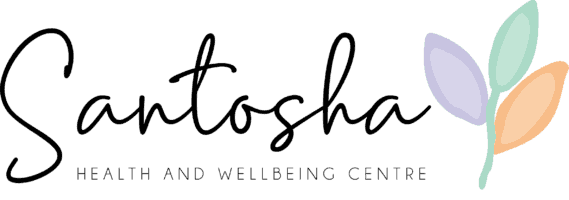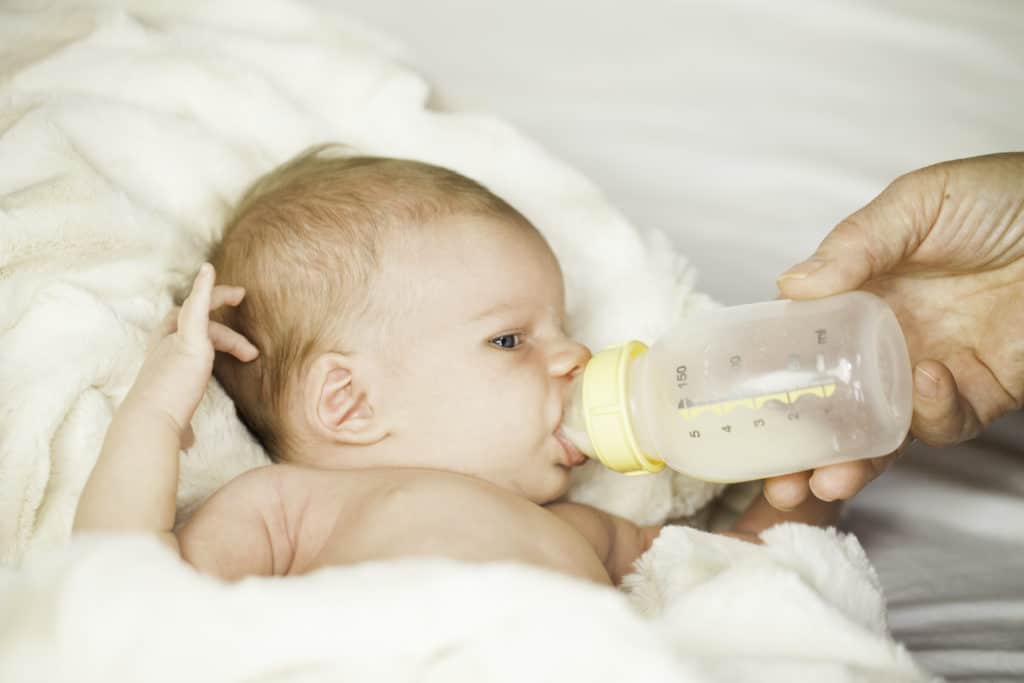There’s always a lot of talk about the benefits of breastfeeding and no matter what anyone says, breastfeeding should be the first option for a baby’s first 12 months of life. The World Health Organisation says that after a mother’s milk from the breast, mother’s milk from a bottle is the next best option. Followed by another mother’s breastmilk. However, wet nursing has become socially ‘unacceptable’ in recent years, with formula the second option after breastfeeding.
The benefits of breastfeeding reach far further than simply filling your baby’s tummy. Fortunately, with a bit of education and knowledge, some of these great benefits can be replicated when feeding with a bottle.
Read on to find out tips for enhancing the bottle or formula feeding experience.
- Swap sides
Imagine you are feeding your baby, supporting them in the crook of your left arm and holding the bottle with your right hand. Baby’s right arm and right leg are against your body and their left arm and left leg are somewhat free to move. The right side of the body is getting touch stimulation, while the left side is getting motor (movement) stimulation. Baby’s right eye is closer to you than the left, meaning when they look at you one eye is focussing at a slightly larger distance.
Always feeding on the one side means that the same stimulation is applied to the same side each time. It is really important that baby receives equal stimulation on each side of the body for sensory (touch), motor (movement) and visual development.
One of the benefits of bottle feeding is that others can help out. If there are regular feeders of the baby, make sure everyone is on board with swapping sides.
- Hold them close
Baby’s develop from touch. Studies have shown that babies who are held more are actually more intelligent. When babies become old enough to hold the bottle, it’s tempting to prop them up with pillows and allow them to feed themselves. In doing so, they are missing out on crucial time in someone’s arms, being held close, touched, squeezed and spoken to.
If your little one has an older sibling, old enough to be responsible holding the baby (I say this because I have watched an older sibling suddenly have enough of holding his younger brother on his lap, stand up to go and do something else. I literally caught the baby rolling off his lap!) Rather than propping the baby up on their own with cushions, prop them up together snuggled in. It’s bonding time for the siblings, baby gets the touch stimulation and fed all at the same time.
- Converse with them
Another part of feeding baby is actually their very early lessons in conversation. Baby sucks for a while, stops, looks at you and smiles, you return the smile and say something sweet, they go back to feeding. The stopping, looking and being spoken to is early communication and works like a conversation. Watching TV, scrolling Facebook or again, propping baby up with cushions, means that you both miss out on the special conversation time.
- Keep up with skin to skin
Another important part of developing baby’s sensory systems is skin-to-skin contact. Baby’s and even toddlers love this kind of contact. It calms them down, it makes them feel secure, it stimulates their sensory nerves (more than through clothing) and it also releases oxytocin in both cuddlers, which is important for bonding. While breastfeeding, skin is obviously exposed and babies can touch and feel through feeding. This can be mimicked during bottle feeding by taking your shirts off or holding them in a position where they can touch your skin.
- Don’t force the amount
Although I’m breastfeeding my own little boy, I looked after my nephew for three days a week when he was between 8 and 11 months old. He was formula fed, so I learned what a task it was to sterilise, heat up and mix bottles, carry the bottles and formula wherever you went. Not to mention the cost of those tins of formula.
Then there’s the expressing breastmilk time consumption. Time pumping, collecting, storing, sterilising, warming the milk and bottles.
And if you’ve gone to all that effort and baby doesn’t want to finish the whole bottle, it’s easy to try and force them to finish so that nothing is wasted.
Think about how you eat. Some days you’re hungry, some days you’re not. Some days you want big serves, some days you want little serves. With a growing, developing baby, their needs are changing ALL THE TIME. ‘Forcing’ (for lack of a better word) a baby to finish the whole bottle, even when they’re full, overrides the satiation signals coming from the brain. It’s these signals that tell us when we’re full and stop us from overeating. This is important down the track for reducing the risk of being overweight or obese. But it also puts less strain on the digestive system by not overloading it and asking it to process more than it can handle.
So as well as all the other reasons above, such as conversing and cuddling, pay attention when feeding your baby for cues as to when they’ve had enough.
I know it seems a waste. I don’t know any alternative uses for formula, but if it’s expressed breastmilk, it can be used to treat wounds, eczema and dermatitis, clean out a baby’s stuffy nose, nappy rash, conjunctivitis and apparently in place of deodorant (no guarantees with this one!).

